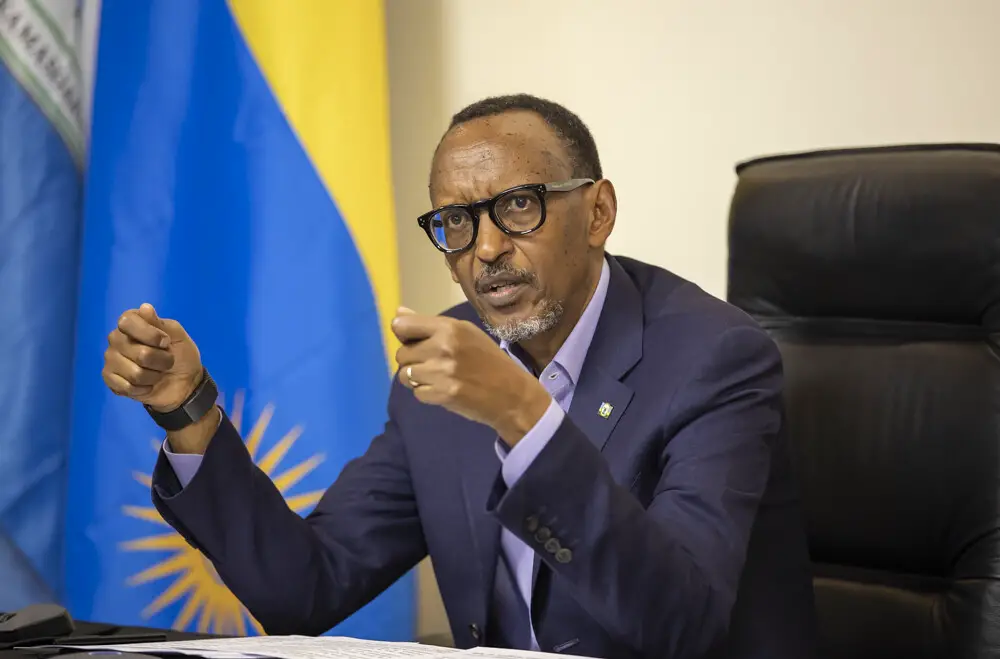Rwanda and DRC may find it very difficult to sell their coltan to western markets as the process of buying conflict free minerals has just become harder.
Responsible Minerals Initiative (RMI) has said that it no longer recognises the International Tin Supply Chain Initiative (ITSCI) , the region’s main mineral-tracking group.
The RMI helps more than 400 of the world’s biggest corporations to avoid purchasing minerals originating from war zones in eastern Congo.
Members of Responsible Minerals Initiative include; Apple Inc. and Walmart Inc.they removed ITSCI from its list of “recognized upstream programs” that monitor mineral supply chains because it has not reapplied for recognition by the group.
RMI said this week that its auditing process won’t recognize the findings of the International Tin Supply Chain Initiative without companies doing extra due diligence on the source of their minerals.
ITSCI was developed more than a decade ago by tin and tantalum industry groups to stop mining from supporting conflict in the Democratic Republic of Congo by tagging minerals at mines and tracking them through the supply chain.
It has faced criticism regarding reliability, including from anti-corruption group Global Witness, which in April said it had “spectacularly failed in its original goal of ensuring traceability of ‘conflict-free’ minerals.”
After the decision, “any company that is serious about responsibly sourcing minerals and that is sourcing minerals from ITSCI supply chains must now pressure ITSCI to overhaul its governance and be more transparent,” the London-based group said in a new report Friday.
The Responsible Minerals Initiative (RMI) has given companies using the ITSCI system until July to adjust to the changes.
The ITSCI traceability and due diligence scheme works in DRC and Rwanda.
In 2014 Rwanda became the world’s single largest exporter of tantalum mineral known as coltan and the government says that is only a small portion of the country’s production capacity.
By then Rwanda exported 2,466,025kgs of tantalum – accounting for 28% of the total 8,807,232Kg of tantalum produced globally.
Global Witness, an international NGO based in the UK and US, working to break the links between natural resource exploitation, conflict, poverty, corruption, and human rights abuses worldwide, also snubs Rwanda in its latest report.
“We reported that industry experts estimated Rwanda’s 3T production to be only a fraction of the country’s exports of these minerals and that a Pact manager, who played a key role in setting the ITSCI system up in Rwanda, estimates fraudulent tagging of smuggled minerals through the ITSCI scheme to account for 90% of exported 3T minerals from Rwanda during the first years after its set up.
ITSCI wrongly claims that these assertions have been dismissed by a World Bank court and wrongly suggests that the estimations of Rwanda’s 3T production have ignored minerals from mixed production,” Global Witness said via its website.
3T minerals include; tin, tantalum and tungsten.
In 2015,President Paul Kagame reacted to critics disputing Rwanda’s Coltan (tantalum) production capability to visit the country’s active mining sites.
“Rwanda has not only enough coltan but of a very high quality. It is something that has been known for years, ”Kagame said.
On the claims that Rwanda could be mixing its resources with those from DRC, Kagame said, “It is simple. These are simple things you can have evidence for, because you can come and visit the mines and see people mining and test the minerals. Sometimes the World creates mountains out of nothing and just enjoys spreading rumours and confusion.”
Rwanda has over 815 mining sites of which 442 sites are active while neighbouring DRC known for vast mineral wealth has only 365 active mining sites.
